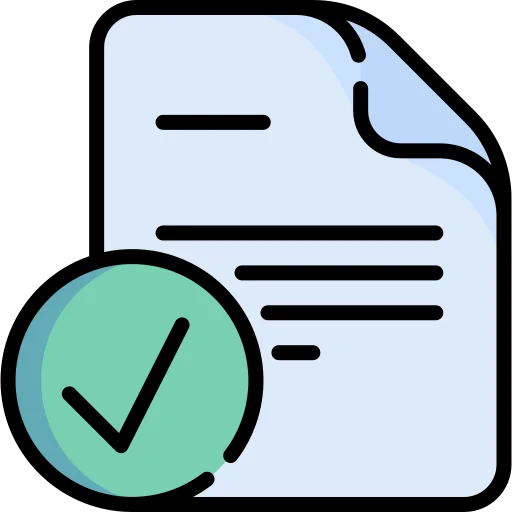
History is a study of past incidents, and it’s different from natural science. In natural science, researchers prefer direct observations. Whereas in historical research, a researcher collects, analyses the information to understand, describe, and explain the events that occurred in the past.
They aim to test the truthfulness of the observations made by others. Historical researchers try to find out what happened exactly during a certain period of time as accurately and as closely as possible. It does not allow any manipulation or control of variables.
You can use historical research method to:
Historical research involves the following steps:
If you want to conduct historical research, it’s essential to select a research topic before beginning your research. You can follow these tips while choosing a topic and developing a research question.
It is essential to collect data and facts about the research question to get reliable outcomes. You need to select an appropriate instrument for data collection. Historical research includes two sources of data collection, such as primary and secondary sources.
Primary sources are the original first-hand resources such as documents, oral or written records, witnesses to a fact, etc. These are of two types, such as:
Conscious Information: It’s a type of information recorded and restored consciously in the form of written, oral documents, or the actual witnesses of the incident that occurred in the past.
It includes the following sources:
Unconscious information: It’s a type of information restored in the form of remains or relics.
It includes information in the following forms:
Sometimes it’s impossible to access primary sources, and researchers rely on secondary sources to obtain information for their research.
After collecting the information, you need to analyse it. You can use data analysis methods like
Data criticism is a process used for identifying the validity and reliability of the collected data. It’s of two types such as:
It aims at identifying the external features of the data such as signature, handwriting, language, nature, spelling, etc., of the documents. It also involves the physical and chemical tests of paper, paint, ink, metal cloth, or any collected object.
It aims at identifying the meaning and reliability of the data. It focuses on the errors, printing, translation, omission, additions in the documents. The researchers should use both external and internal criticism to ensure the validity of the data.
While presenting the findings of your research, you need to ensure that you have met the objectives of your research or not. Historical material can be organised based on the theme and topic, and it’s known as thematic and topical arrangement. You can follow these tips while writing your research paper:
Your research aims not just to collect information as these are the raw materials of research. You need to build a strong argument and narrate the details of past events or incidents based on your findings.
You can review the literature and other researchers’ contributions to the topic you’ve chosen to enhance your thinking and argument.
After putting your findings on a paper, you need to proofread it to weed out the errors, rewrite it to improve, and edit it thoroughly before submitting it.
In this world of technology, many people rely on Google to find out any information. All you have to do is enter a few keywords and sit back. You’ll find several relevant results onscreen.
It’s an effective and quick way of gathering information. Sometimes historical documents are not accessible to everyone online, and you need to visit traditional libraries to find out historical treasures. It will help you explore your knowledge along with data collection.
You can visit historical places, conduct interviews, review literature, and access primary and secondary data sources such as books, newspapers, publications, documents, etc. You can take notes while collecting the information as it helps to organise the data accurately.